Are you tired of constantly searching for utensils and ingredients in your cluttered kitchen? It's time to take control and declutter your space in just 5 easy steps. Step 1: Assess the Situation The first step to a clutter-free kitchen is to take a good look at your space and identify the problem areas. This could be overflowing cabinets, cluttered countertops, or disorganized pantry shelves. Make a mental note of what needs to be addressed. Step 2: Sort and Purge Next, it's time to tackle the clutter. Start by sorting through your kitchen items and getting rid of anything that is broken, expired, or rarely used. Be ruthless and only keep what you truly need and use. Step 3: Maximize Storage Now that you have eliminated unnecessary items, it's time to maximize your storage space. Invest in storage solutions such as drawer dividers, spice racks, and shelf organizers to make the most of your cabinets and drawers. Step 4: Create Zones To keep your kitchen organized in the long run, it's important to create designated zones for different tasks. For example, have a baking zone with all your baking supplies in one area, a cooking zone with pots and pans close by, and a cleaning zone with all your cleaning supplies easily accessible. Step 5: Maintain and Declutter Regularly To prevent your kitchen from becoming cluttered again, make it a habit to regularly declutter and maintain your space. Set aside a few minutes each week to go through your cabinets and drawers and get rid of any items that are no longer needed.1. Declutter Your Kitchen in 5 Easy Steps
A clutter-free kitchen not only looks better, but it also makes cooking and meal prep much easier. Here are 10 tips to help you achieve a clutter-free kitchen. 1. Use Vertical Space Make use of vertical space in your kitchen by installing shelves or hanging racks for pots, pans, and utensils. This will free up space in your cabinets and drawers. 2. Keep Countertops Clear Resist the urge to clutter your countertops with appliances and decor. Keep them clear for food prep and use wall space above for hanging racks or shelves to store items. 3. Utilize Drawer Dividers Drawer dividers are a great way to keep utensils and small items organized and easily accessible. They also make it easier to maintain a clutter-free drawer. 4. Invest in Multi-Functional Tools Instead of having multiple tools for the same task, invest in multi-functional tools that can serve multiple purposes. This will save space and reduce clutter in your kitchen. 5. Label Everything Labeling containers, shelves, and drawers can help you easily find what you need and keep things organized. It also makes it easier to put items back in their designated spots after use. 6. Get Rid of Duplicates Do you really need five different spatulas or three different can openers? Get rid of duplicates and keep only what you truly need and use in your kitchen. 7. Use Clear Containers Store dry goods in clear containers to easily see what you have and prevent buying duplicates. This also creates a more uniform and organized look in your pantry. 8. Hang Pots and Pans Hanging pots and pans not only frees up cabinet space, but it also adds a decorative element to your kitchen. Invest in a sturdy pot rack or install hooks on a wall or ceiling. 9. Keep Flat Surfaces Clear Flat surfaces such as tables, islands, and countertops can easily become cluttered with mail, papers, and other random items. Make it a habit to clear these surfaces regularly to keep your kitchen looking clutter-free. 10. Donate or Sell Unused Items If you have items in your kitchen that you haven't used in a long time, consider donating or selling them. This will not only free up space, but it will also benefit someone else.2. 10 Tips for a Clutter-Free Kitchen
A clutter-free kitchen not only makes cooking and meal prep easier, but it also creates a more peaceful and inviting space. Here are some tips on how to design a clutter-free kitchen. 1. Keep the Color Scheme Simple Choose a simple and cohesive color scheme for your kitchen. This will create a more streamlined and less cluttered look. Avoid using too many different colors or patterns. 2. Opt for Closed Cabinets Open shelving may look trendy, but it can easily become cluttered and messy. Opt for closed cabinets to keep your kitchen looking clean and organized. 3. Conceal Small Appliances Small appliances such as toasters, blenders, and coffee makers can easily clutter up countertops. Consider storing them in cabinets or a designated appliance garage to keep your counters clear. 4. Choose Functional Furniture When selecting furniture for your kitchen, choose pieces that serve a purpose and provide storage space. For example, a kitchen island with built-in shelves or drawers can provide extra storage space while also being a functional piece of furniture. 5. Use Natural Light Natural light not only makes a space feel brighter and more inviting, but it also helps to highlight any clutter or mess. Utilize natural light in your kitchen to motivate you to keep it clean and clutter-free. 6. Incorporate Hidden Storage Incorporating hidden storage solutions such as pull-out shelves and hidden compartments can help keep your kitchen looking clutter-free and organized. These are especially useful for storing small appliances or items that you don't use regularly. 7. Think Vertical Make use of vertical space in your kitchen by installing shelves or hanging racks on walls. This will free up space in your cabinets and drawers and create a more visually appealing space. 8. Keep Surfaces Clear Avoid cluttering up countertops, tables, and other flat surfaces with random items. Keep these surfaces clear to create a more streamlined and clutter-free look in your kitchen. 9. Designate Zones Creating designated zones for different tasks in your kitchen can help keep it organized and clutter-free. For example, have a designated baking zone with all your baking supplies in one area, a cooking zone with pots and pans close by, and a cleaning zone with all your cleaning supplies easily accessible. 10. Declutter Regularly Lastly, make it a habit to regularly declutter and maintain your kitchen. Set aside a few minutes each week to go through your cabinets and drawers and get rid of any items that are no longer needed. This will prevent your kitchen from becoming cluttered again in the future.3. How to Design a Clutter-Free Kitchen
A clutter-free kitchen not only looks better, but it also has many benefits for your overall well-being. Here are some of the benefits of having a clutter-free kitchen. 1. Easier Meal Prep With a clutter-free kitchen, you can easily find the ingredients and utensils you need for meal prep. This will save you time and make cooking more enjoyable. 2. More Space By getting rid of unnecessary items and organizing your space, you will have more room in your kitchen. This will make it easier to move around and work in the kitchen. 3. Less Stress Clutter can create a sense of chaos and stress. A clutter-free kitchen can help create a calmer and more relaxing atmosphere, making cooking and meal prep a more enjoyable experience. 4. Encourages Healthy Eating With a clutter-free kitchen, you are more likely to have fresh and healthy ingredients on hand and be inspired to cook more nutritious meals. It also makes it easier to see what food you have and avoid buying duplicates. 5. Saves Money A clutter-free kitchen can help you save money in the long run. By decluttering and organizing your space, you may discover items that you forgot you had, saving you from buying duplicates. It can also prevent food waste by helping you keep track of what you have and what needs to be used up. 6. Easier to Clean A clutter-free kitchen is much easier to clean and maintain. With fewer items on countertops and surfaces, there are fewer areas for dirt and grime to accumulate, making cleaning a breeze. 7. Aesthetically Pleasing Let's face it, a cluttered kitchen is not visually appealing. A clutter-free kitchen, on the other hand, is much more aesthetically pleasing and creates a sense of order and cleanliness in your home. 8. Improves Mood Living in a clutter-free and organized space can have a positive impact on your mood and overall well-being. It can help reduce stress and create a more peaceful and enjoyable environment. 9. Sets a Good Example Having a clutter-free kitchen sets a good example for the rest of your home. It can inspire you to declutter and organize other areas of your home, creating a more harmonious and stress-free living space. 10. Creates a Sense of Accomplishment Finally, achieving a clutter-free kitchen can create a sense of accomplishment and pride. It takes effort and dedication to declutter and organize a space, and the end result can be very satisfying.4. The Benefits of a Clutter-Free Kitchen
Organizing your kitchen is key to maintaining a clutter-free space. Here are some tips to help you organize your kitchen and keep it clutter-free. 1. Use Baskets and Bins Baskets and bins are a great way to keep items organized and easily accessible. Use them to store items such as snacks, spices, and cleaning supplies in cabinets and on shelves. 2. Utilize the Space Above Cabinets The space above your kitchen cabinets is often overlooked, but it can be a great place to store items that you don't use regularly. Use baskets or decorative boxes to keep items organized and hidden. 3. Group Like Items Together Grouping like items together in your cabinets and drawers will make it easier to find what you need and prevent clutter. For example, keep all your baking supplies in one area and all your pots and pans in another. 4. Install a Pegboard A pegboard is a great way to keep frequently used items easily accessible and off countertops. Hang pots, pans, and utensils on a pegboard to free up cabinet space and create a decorative element in your kitchen. 5. Designate a Junk Drawer Let's face it, every kitchen has a junk drawer. Designate one drawer for random items such as pens, notepads, and other small items. This will prevent these items from cluttering up countertops and other areas. 6. Get Creative with Storage Think outside the box when it comes to storage solutions. Use tension rods to create dividers in drawers, install hooks on the inside of cabinet doors, and use a shoe organizer on the back of a pantry door to store small items. 7. Keep Countertops Clear As mentioned before, keeping countertops clear is key to a clutter-free kitchen. Only keep essential items such as a knife block and cutting board on your countertop. 8. Use Labels Labels are a great way to keep items organized and easily identifiable. Use labels on containers, shelves, and drawers to make it easier to find what you need and maintain a clutter-free space. 9. Invest in Quality Storage Solutions Investing in quality storage solutions such as stackable containers, shelf dividers, and drawer organizers will make it easier to keep your kitchen clutter-free in the long run. 10. Declutter Regularly Lastly, make it a habit to declutter and organize your kitchen regularly. Set aside time every few weeks to go through your cabinets and drawers and get rid of any items that are no longer needed. This will prevent clutter from building up and make it easier to maintain a clutter-free kitchen.5. Organizing Your Kitchen for a Clutter-Free Space
6. Creating a Minimalist Kitchen Design
Maximizing Storage Space

Efficient use of cabinets and shelves
 When it comes to designing a clutter-free kitchen, storage space is key.
Maximizing storage space
not only helps keep your kitchen organized, but it also creates a more functional and efficient space. One of the best ways to achieve this is by utilizing cabinets and shelves. Instead of having open shelves, consider installing cabinets with doors to keep items hidden and out of sight.
Adjustable shelves
are also a great feature to have as they can be customized to fit different sized items. For smaller items, consider adding
pull-out shelves
or
drawer organizers
to keep everything neatly in place.
Lazy Susans
are also a clever solution for storing items in corner cabinets, making it easier to access and utilize the entire space. By utilizing these features, you can optimize your kitchen's storage space and maintain a clutter-free environment.
When it comes to designing a clutter-free kitchen, storage space is key.
Maximizing storage space
not only helps keep your kitchen organized, but it also creates a more functional and efficient space. One of the best ways to achieve this is by utilizing cabinets and shelves. Instead of having open shelves, consider installing cabinets with doors to keep items hidden and out of sight.
Adjustable shelves
are also a great feature to have as they can be customized to fit different sized items. For smaller items, consider adding
pull-out shelves
or
drawer organizers
to keep everything neatly in place.
Lazy Susans
are also a clever solution for storing items in corner cabinets, making it easier to access and utilize the entire space. By utilizing these features, you can optimize your kitchen's storage space and maintain a clutter-free environment.
Utilize vertical space
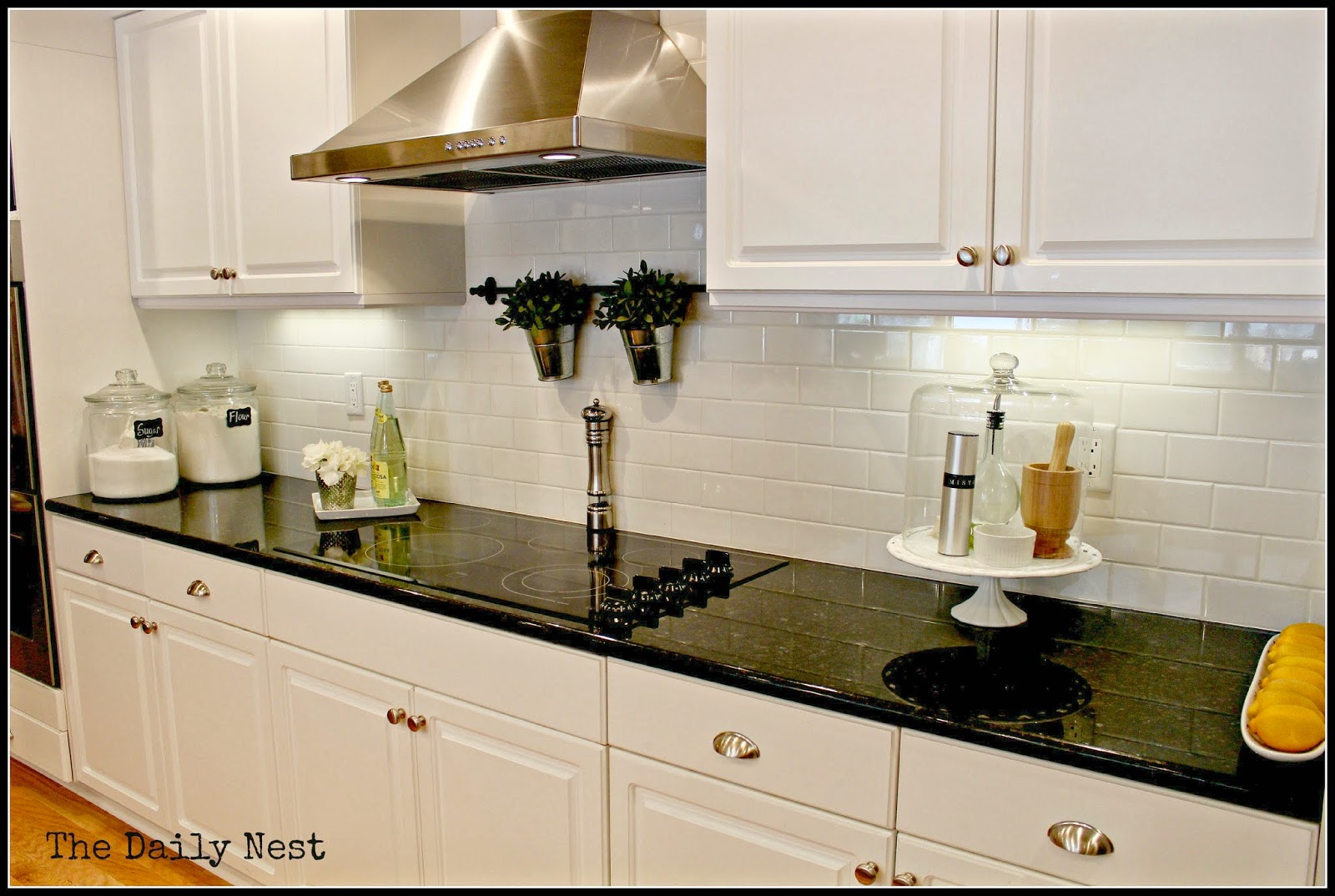 In addition to cabinets and shelves, don't forget about the space above.
Hanging racks
or
ceiling-mounted pot racks
are great for storing pots, pans, and utensils while freeing up cabinet space. You can also install
overhead cabinets
that stretch to the ceiling, providing even more storage space. Another option is to add
wall-mounted shelves
or
hanging baskets
to store items such as spices, cookbooks, and small appliances. By utilizing the vertical space in your kitchen, you can make the most of every inch and keep your countertops clutter-free.
In addition to cabinets and shelves, don't forget about the space above.
Hanging racks
or
ceiling-mounted pot racks
are great for storing pots, pans, and utensils while freeing up cabinet space. You can also install
overhead cabinets
that stretch to the ceiling, providing even more storage space. Another option is to add
wall-mounted shelves
or
hanging baskets
to store items such as spices, cookbooks, and small appliances. By utilizing the vertical space in your kitchen, you can make the most of every inch and keep your countertops clutter-free.
Multi-functional furniture
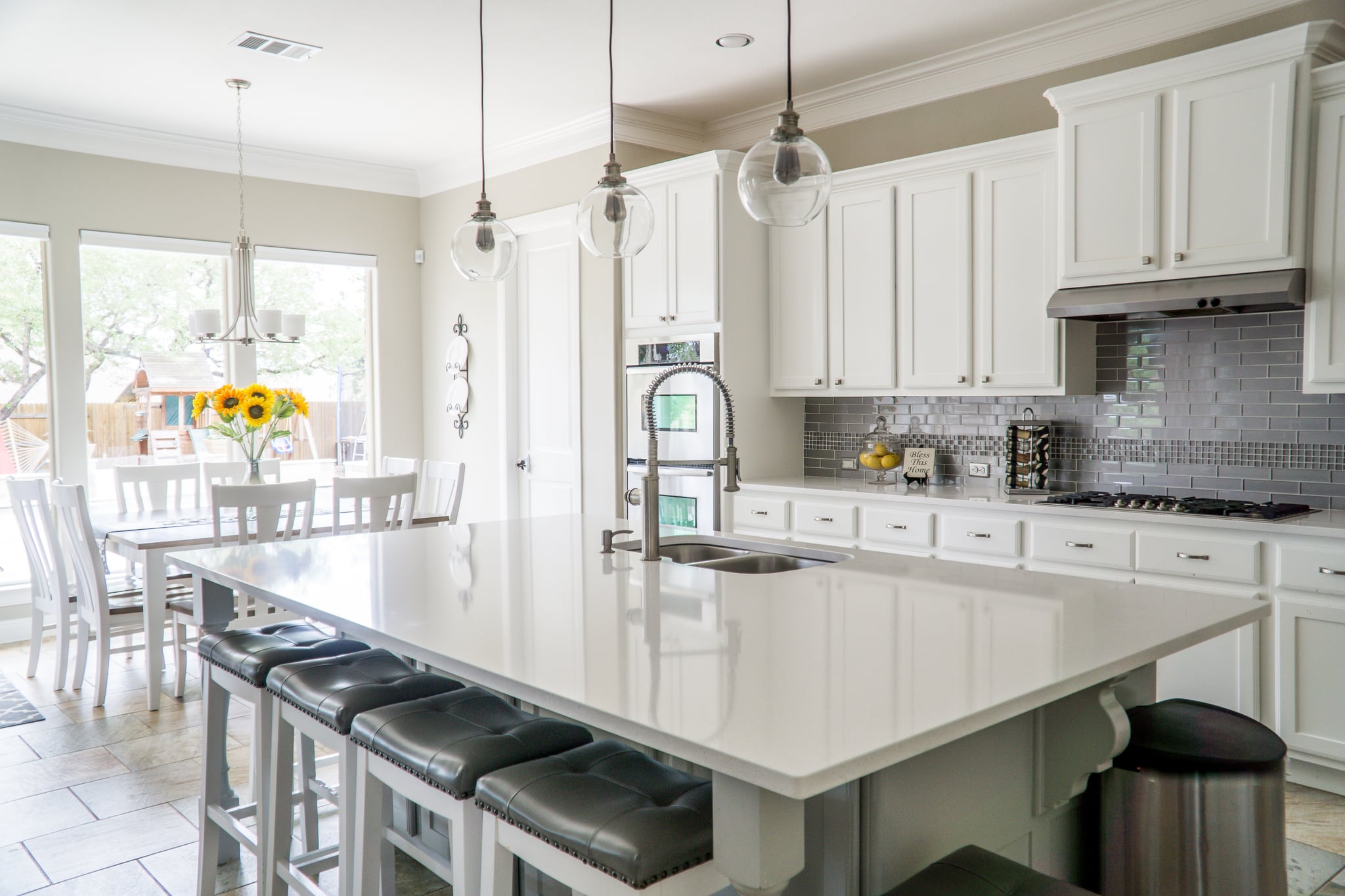 When designing a clutter-free kitchen, it's important to consider the functionality of your furniture.
Kitchen islands
with built-in storage and
rolling carts
are great for creating additional workspace and storage space. You can also opt for
pull-out tables
or
hidden cabinets
that can be easily tucked away when not in use. These
multi-functional furniture pieces
not only provide storage solutions, but they also add versatility to your kitchen design.
When designing a clutter-free kitchen, it's important to consider the functionality of your furniture.
Kitchen islands
with built-in storage and
rolling carts
are great for creating additional workspace and storage space. You can also opt for
pull-out tables
or
hidden cabinets
that can be easily tucked away when not in use. These
multi-functional furniture pieces
not only provide storage solutions, but they also add versatility to your kitchen design.
In conclusion, creating a clutter-free kitchen starts with maximizing storage space. By utilizing cabinets, shelves, and vertical space, as well as incorporating multi-functional furniture, you can achieve a clean and organized kitchen that is both efficient and aesthetically pleasing. Remember to regularly declutter and organize to maintain a clutter-free environment. With these tips, you can design a kitchen that not only looks great but also functions at its best.





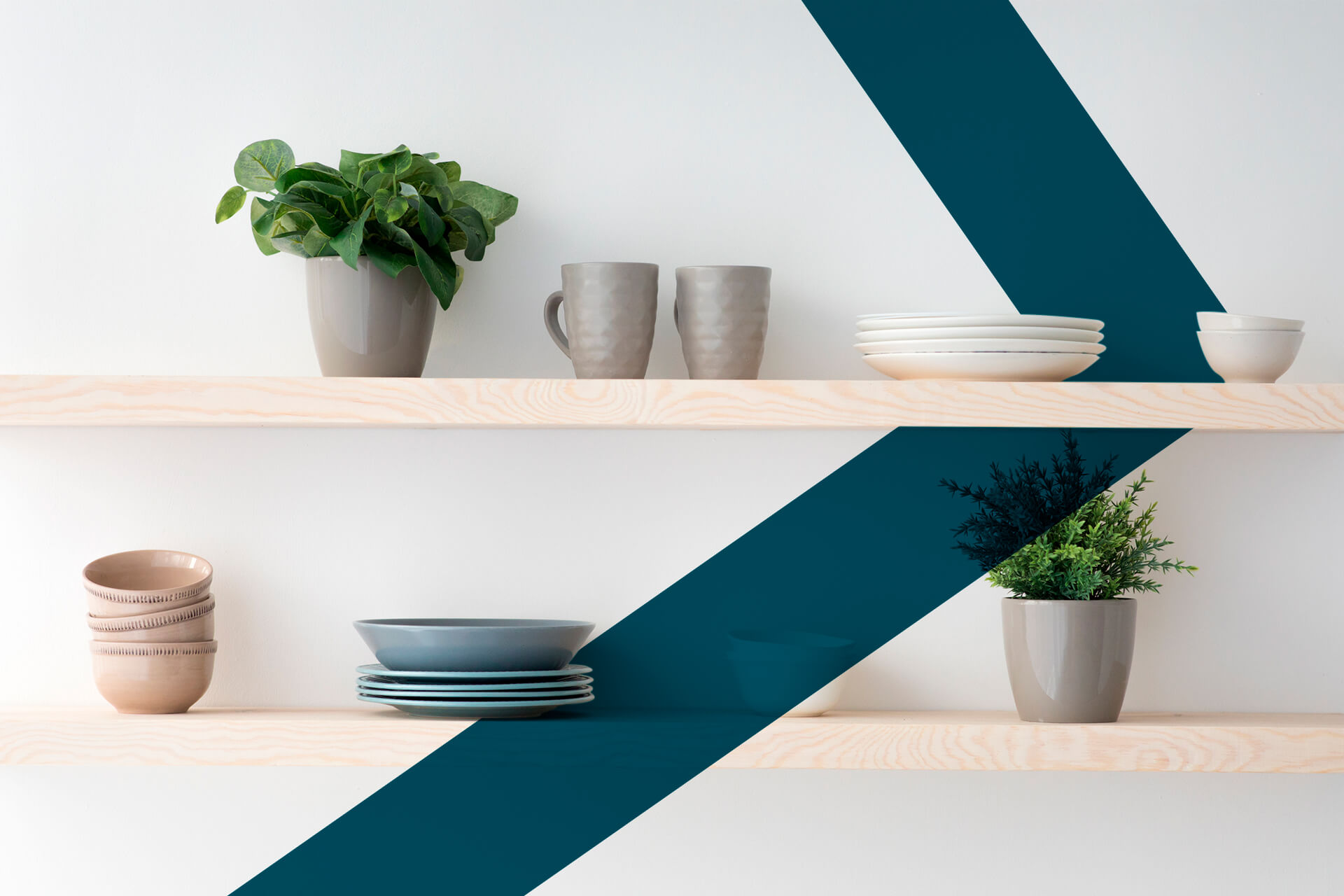



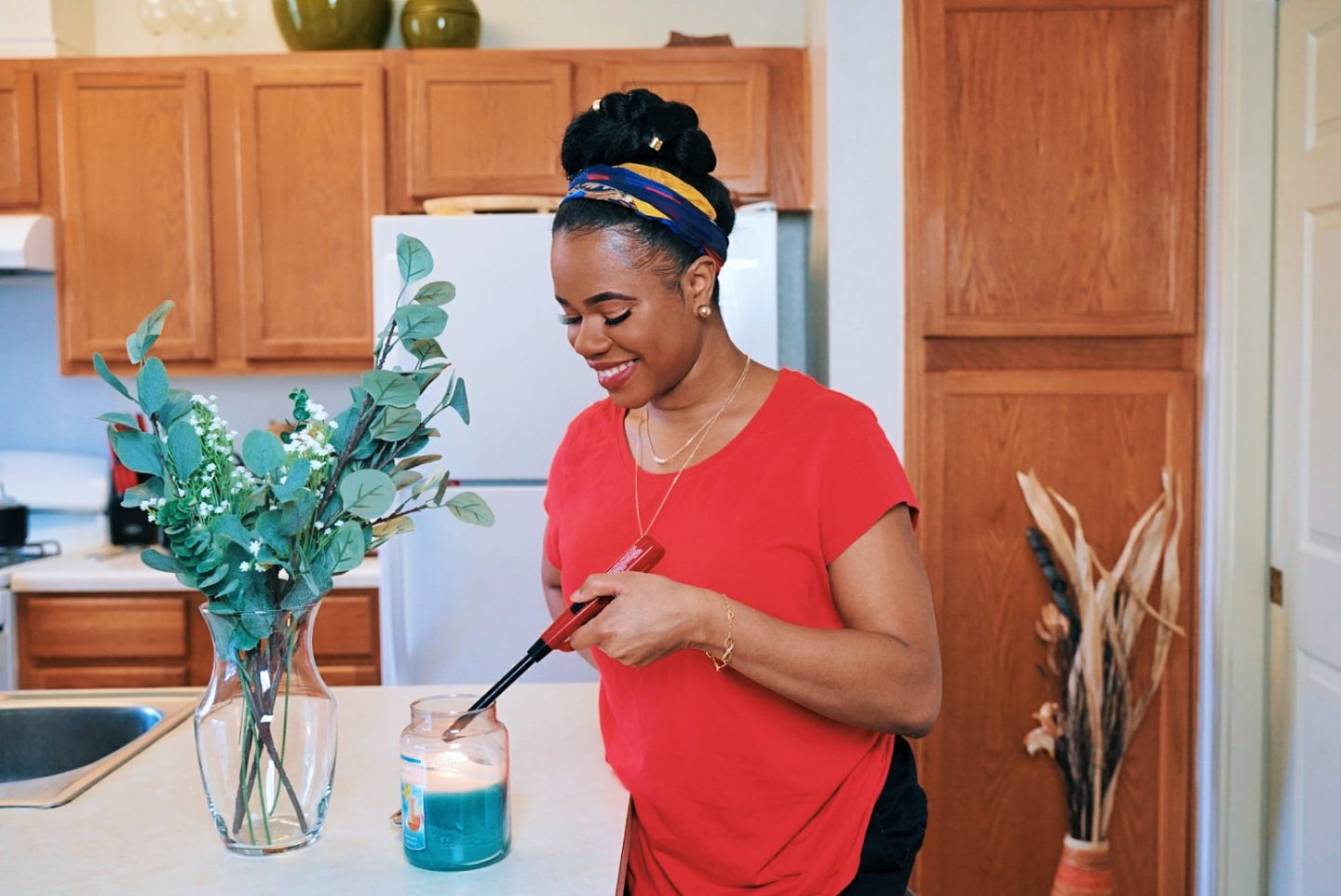

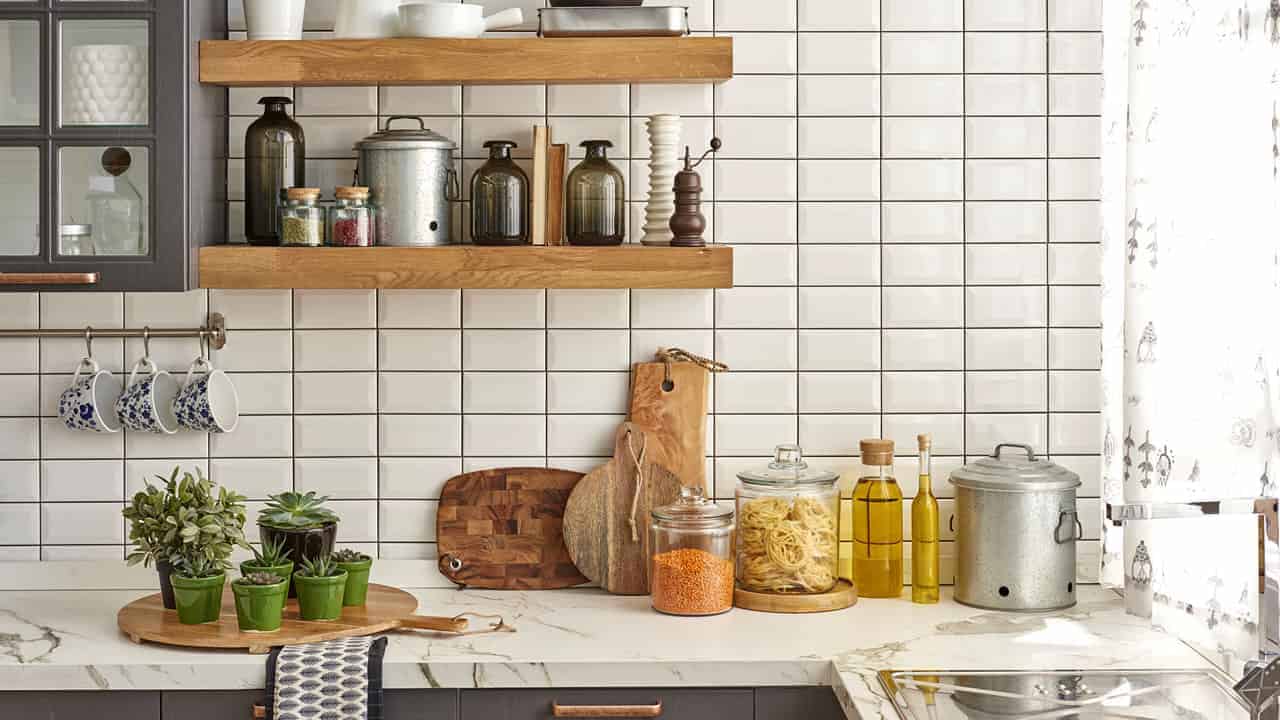
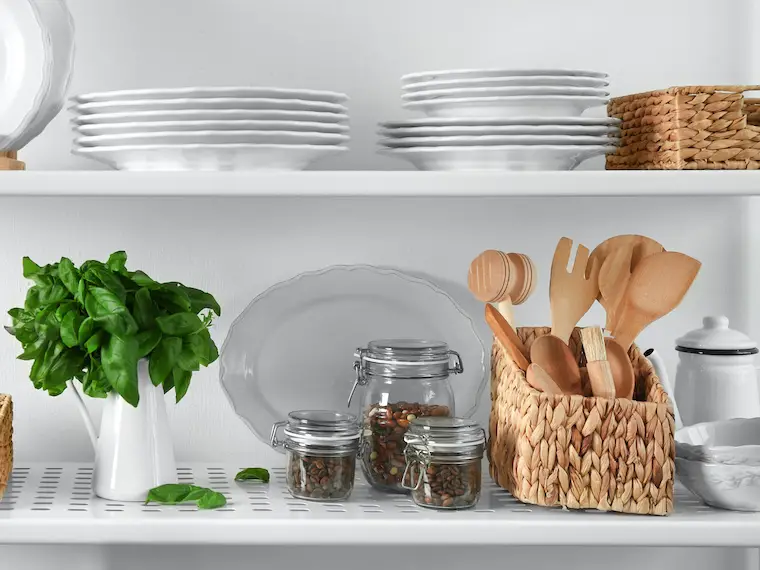


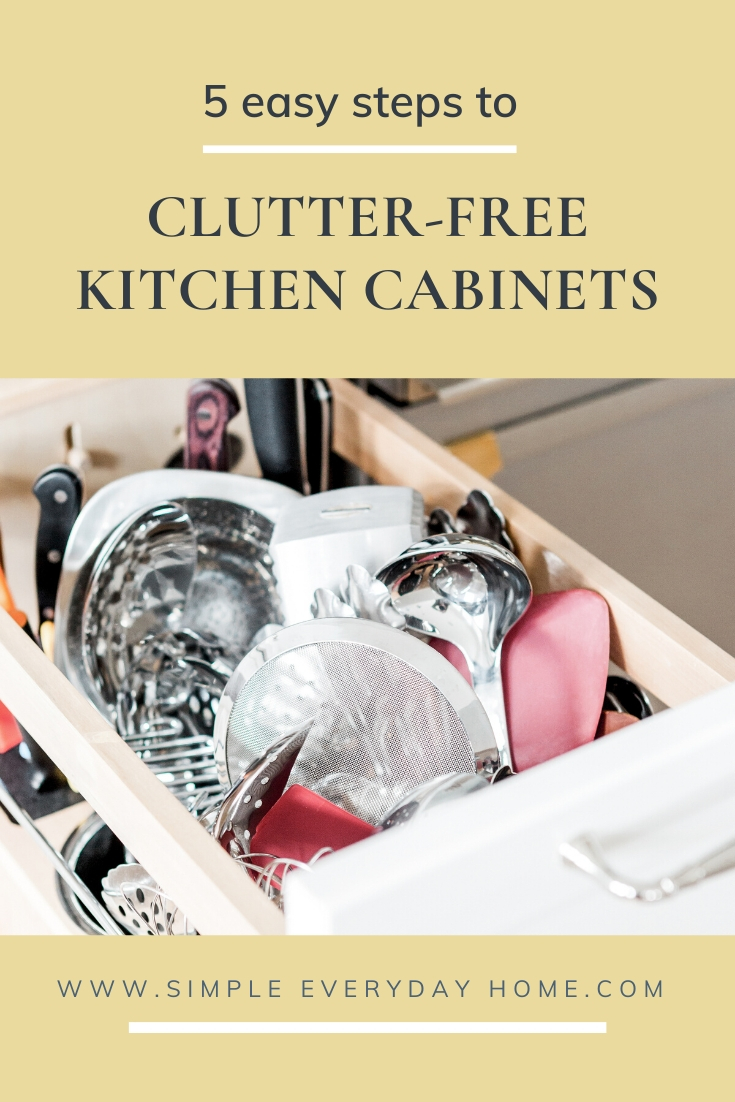


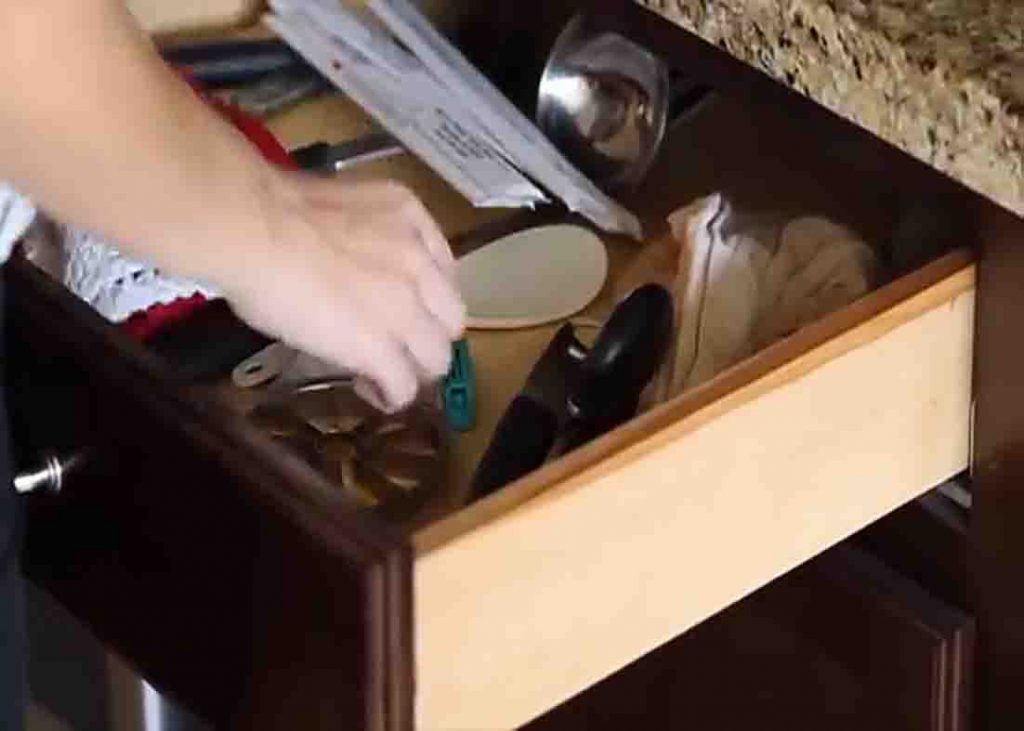






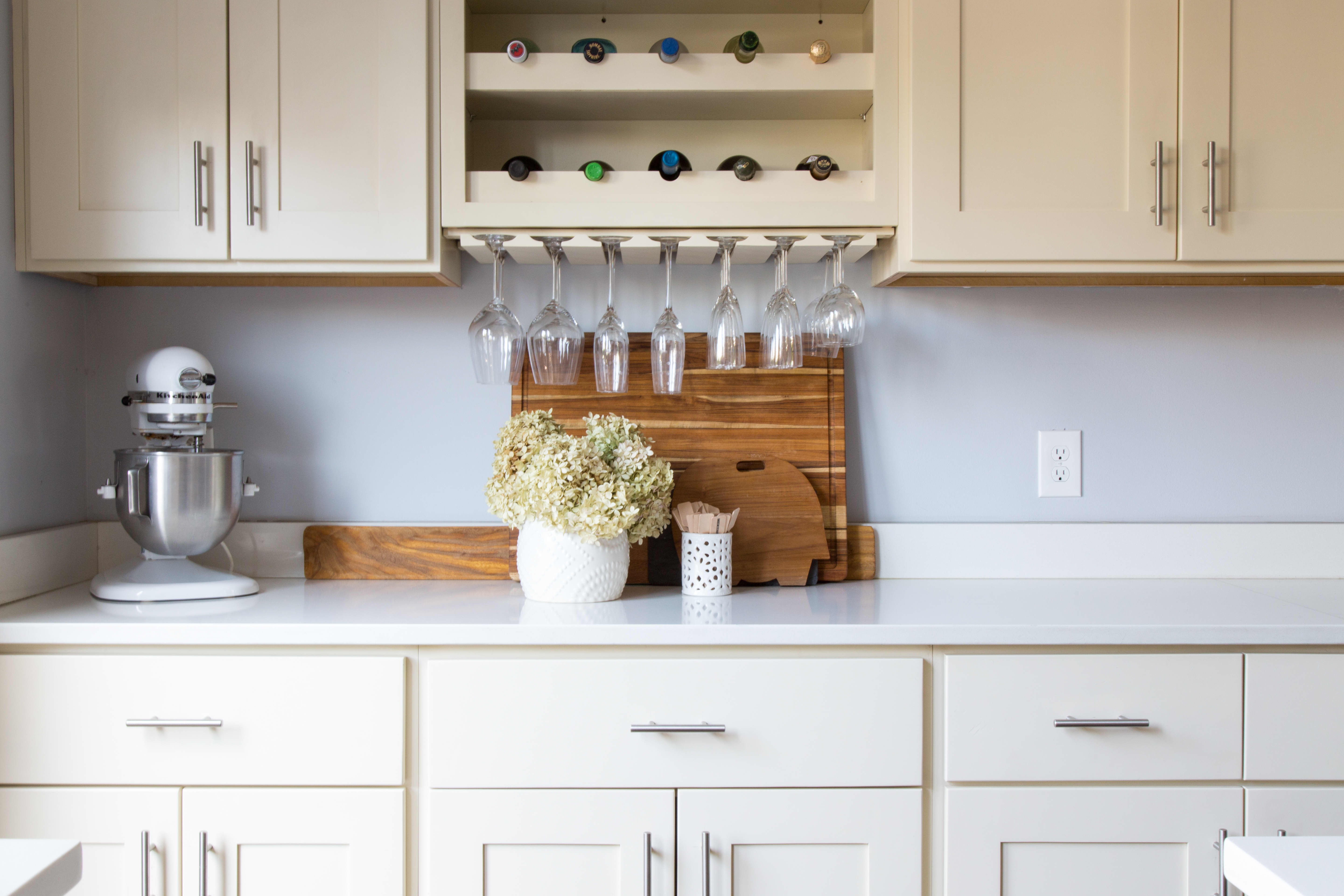


:max_bytes(150000):strip_icc():gifv()/Design_BlueCopperDesignPhotography_MovementPhotoProject1-69290e71c57945e09fe4f50e5874243f.jpg)









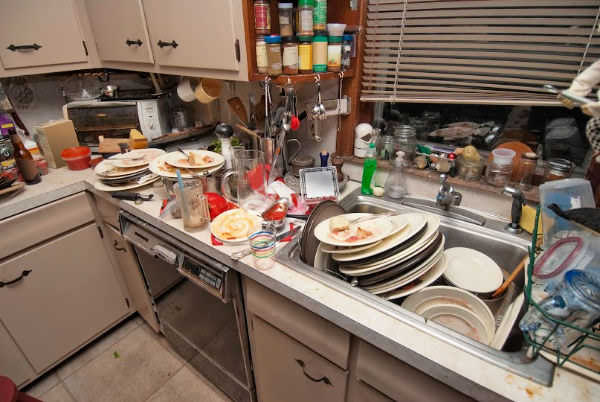



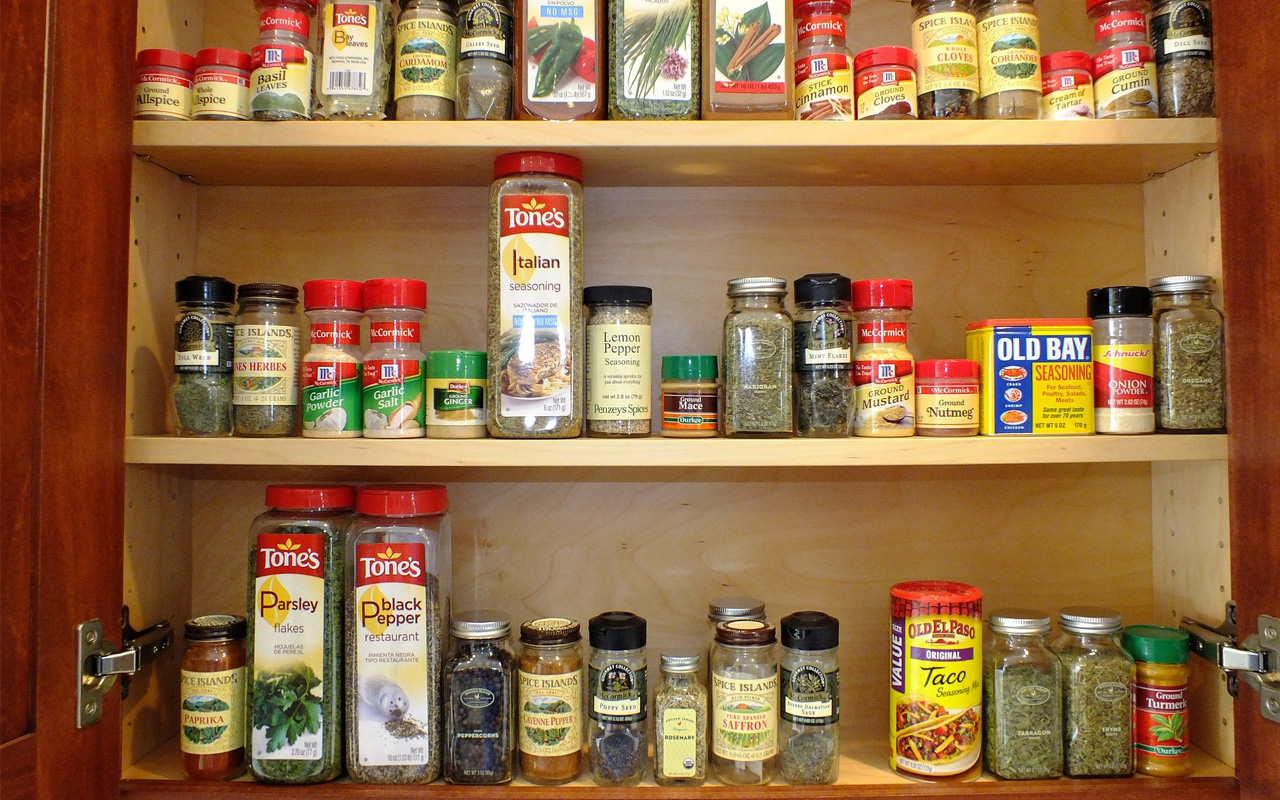
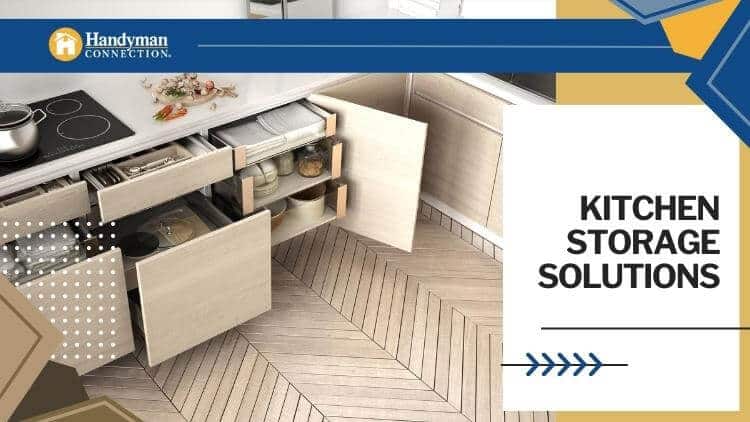
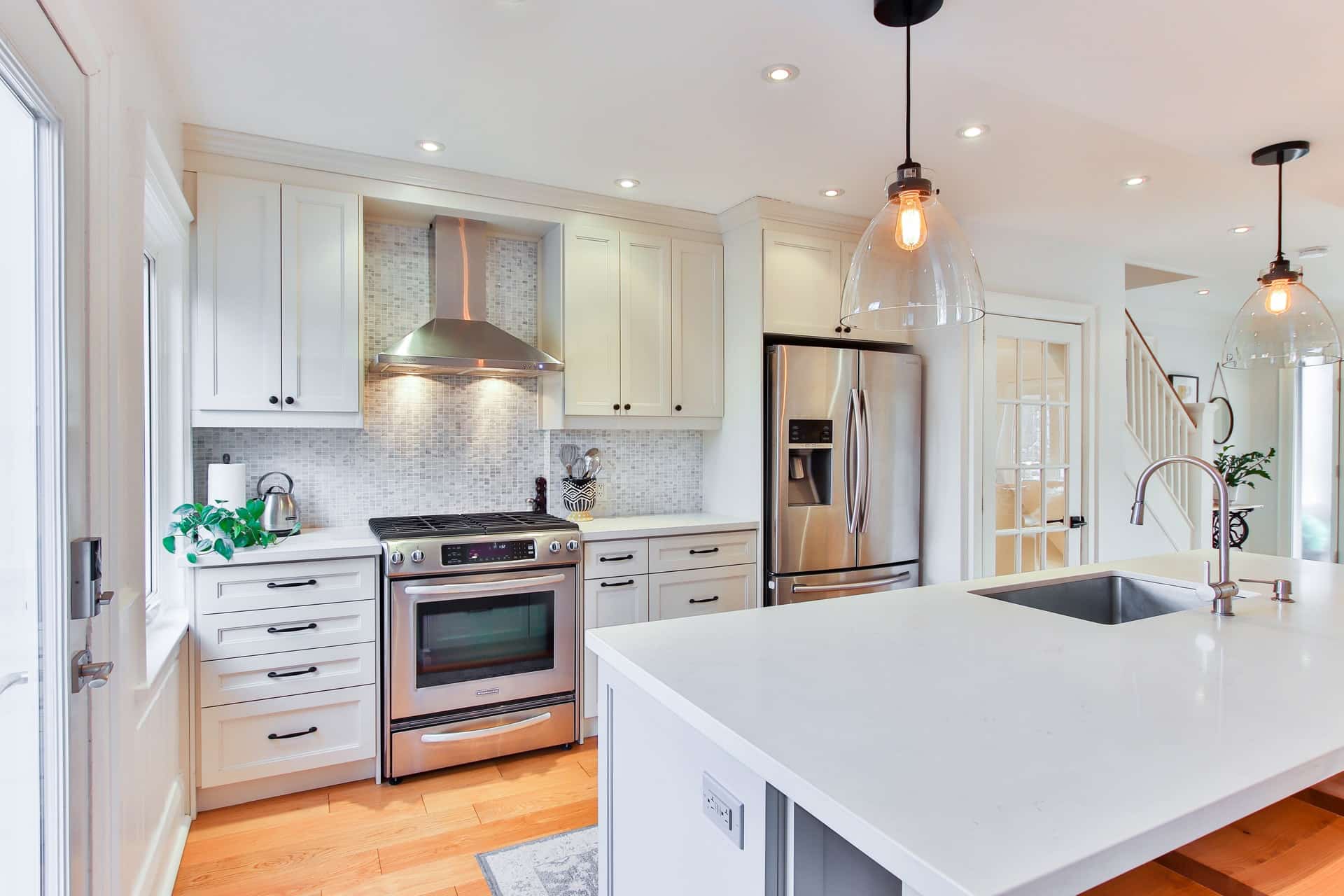

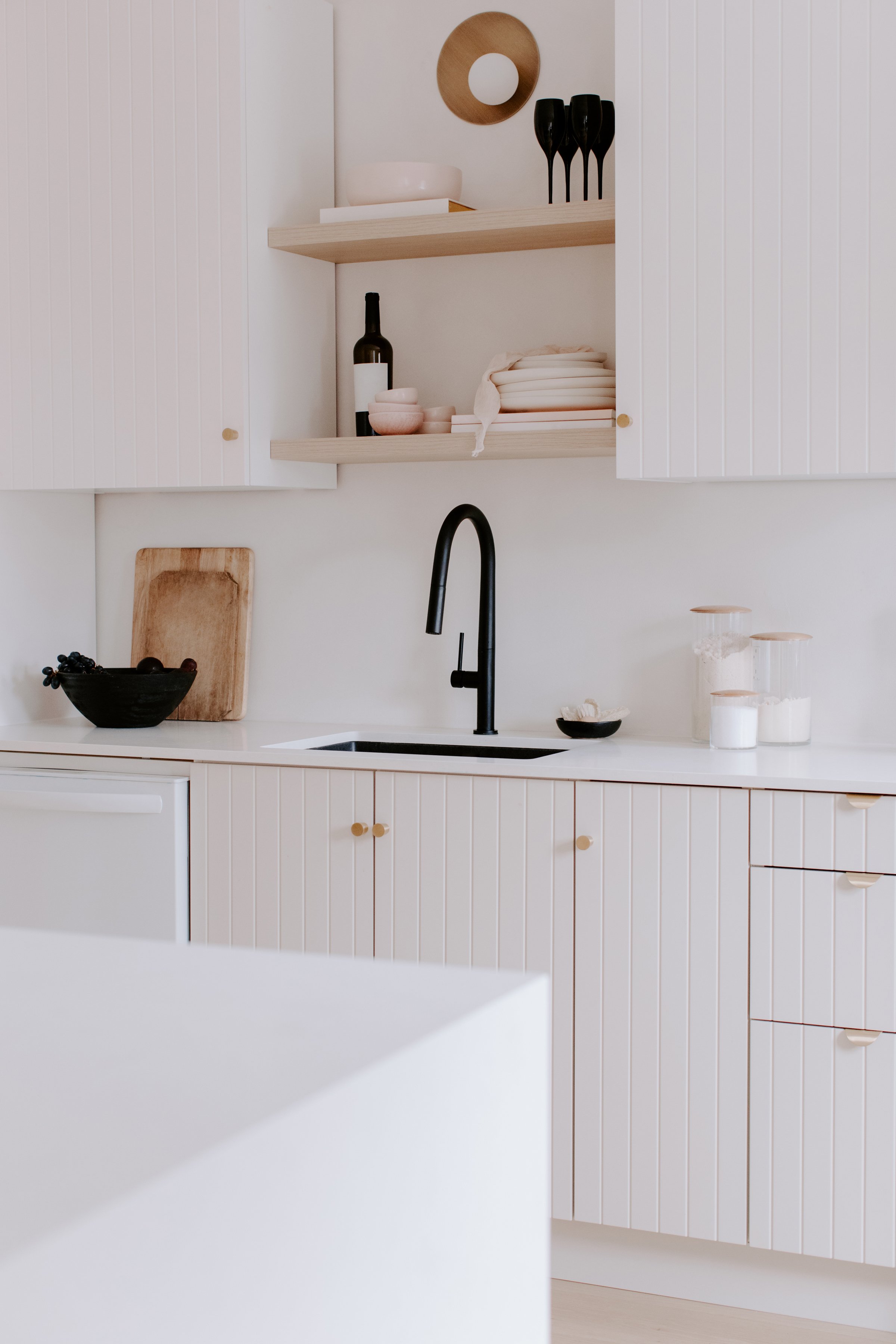


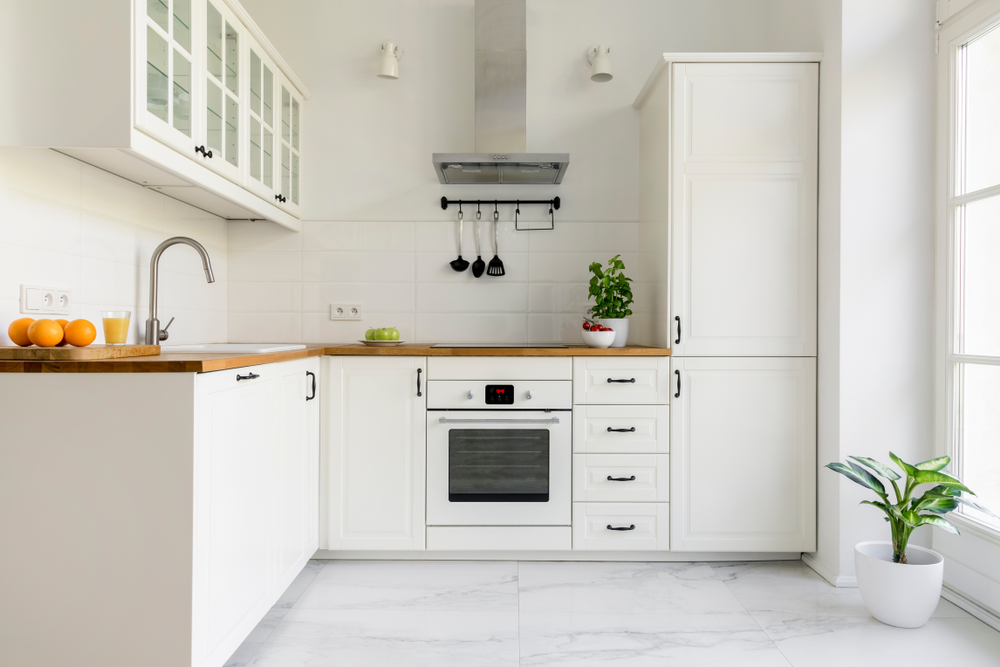

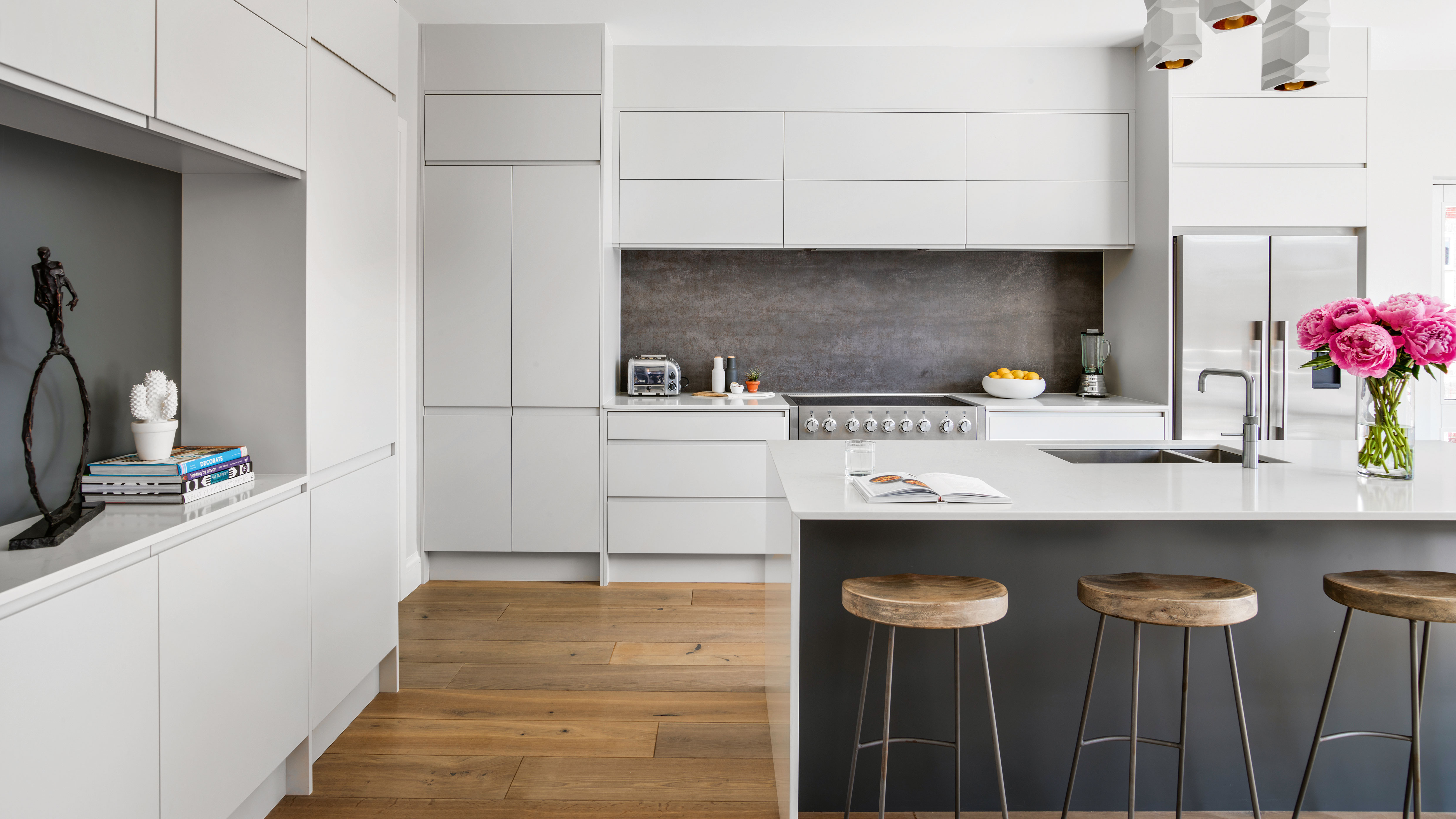
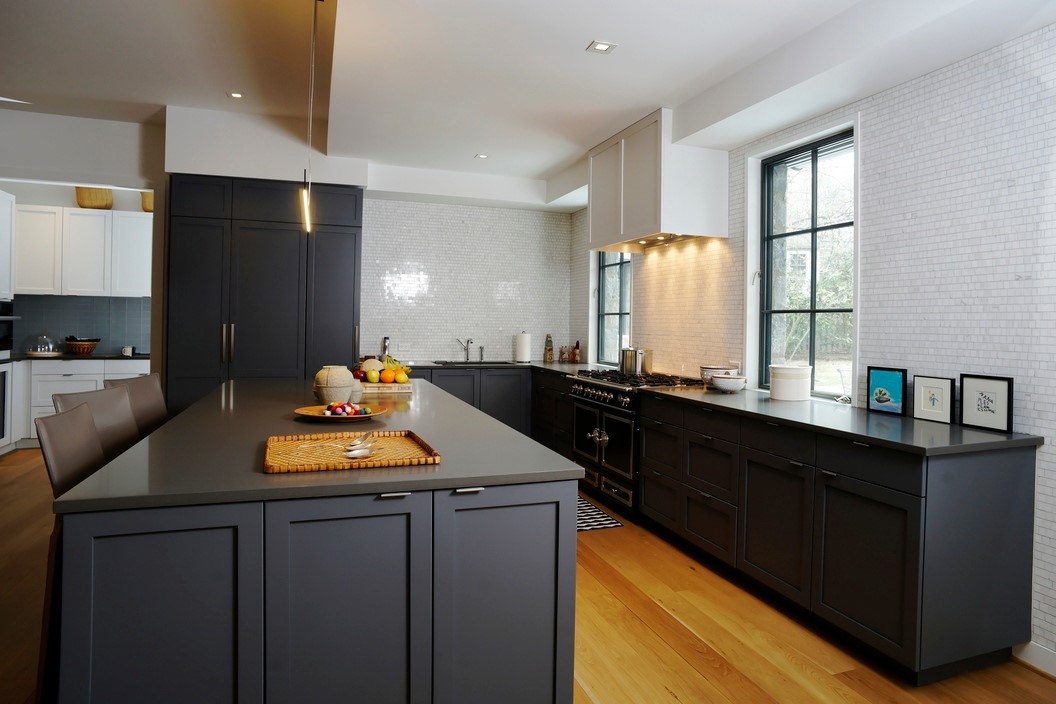
/AlisbergParkerArchitects-MinimalistKitchen-01-b5a98b112cf9430e8147b8017f3c5834.jpg)
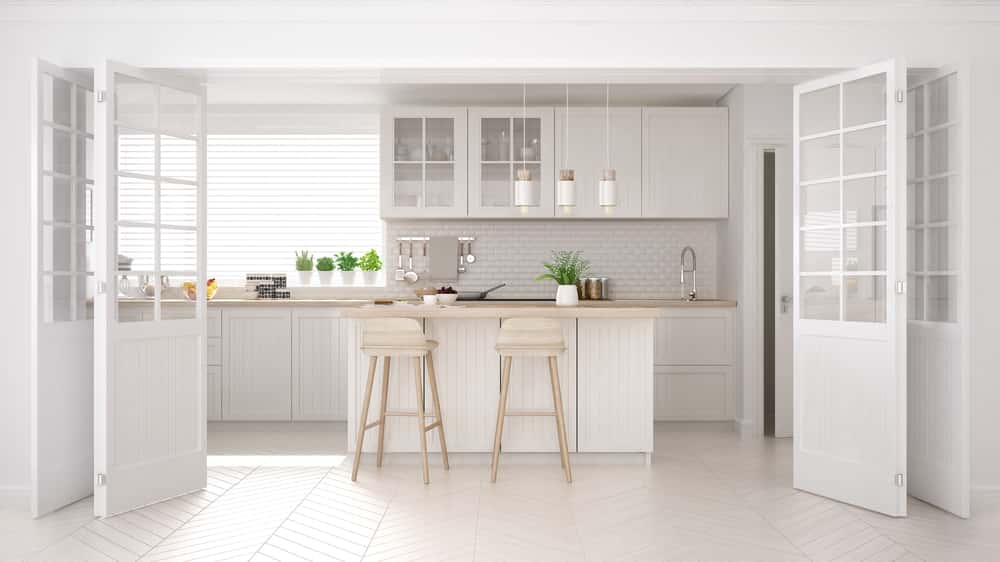



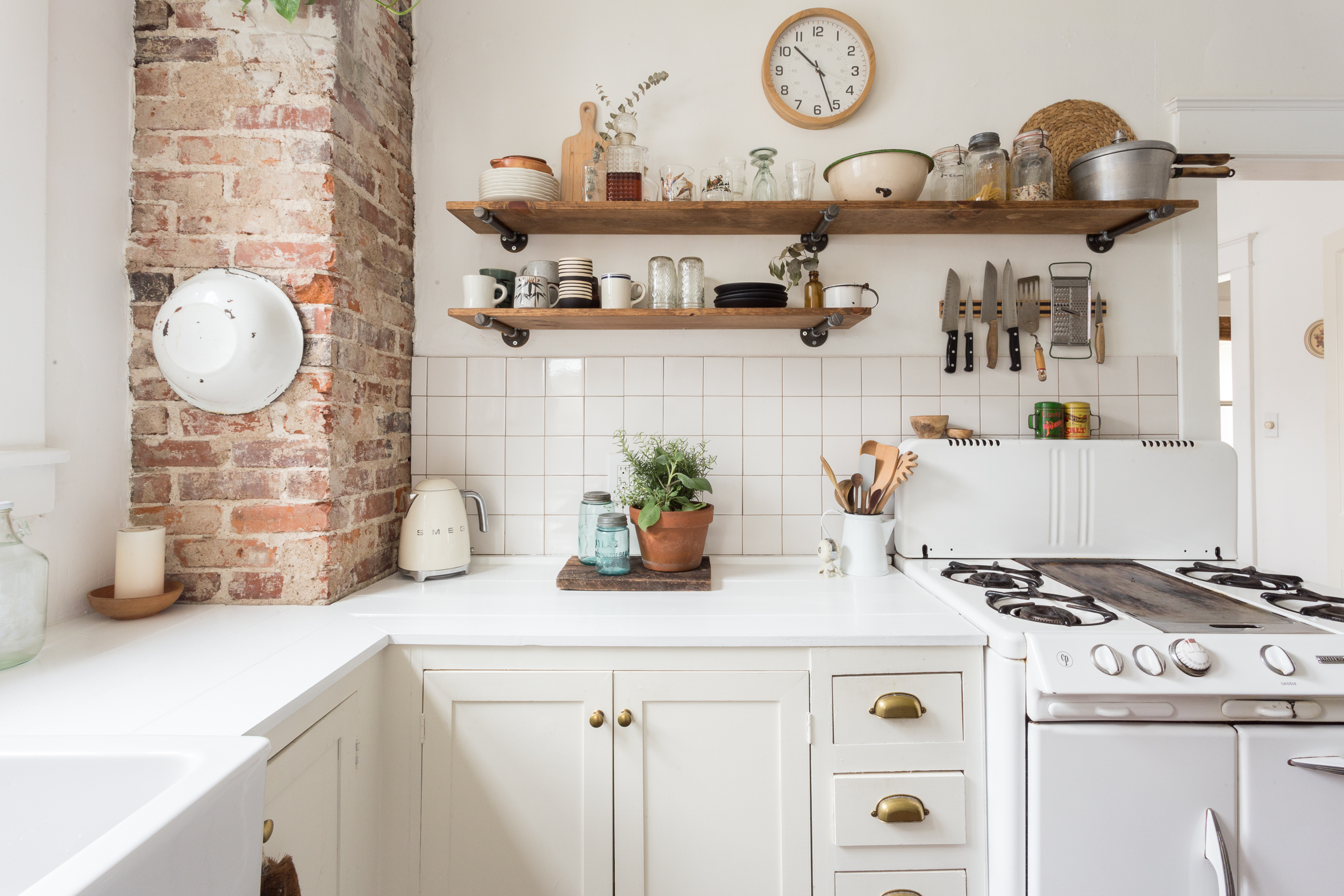
/sink-pipe-under-wash-basin-119001607-75542e154b364e7bb52032249f293908.jpg)



